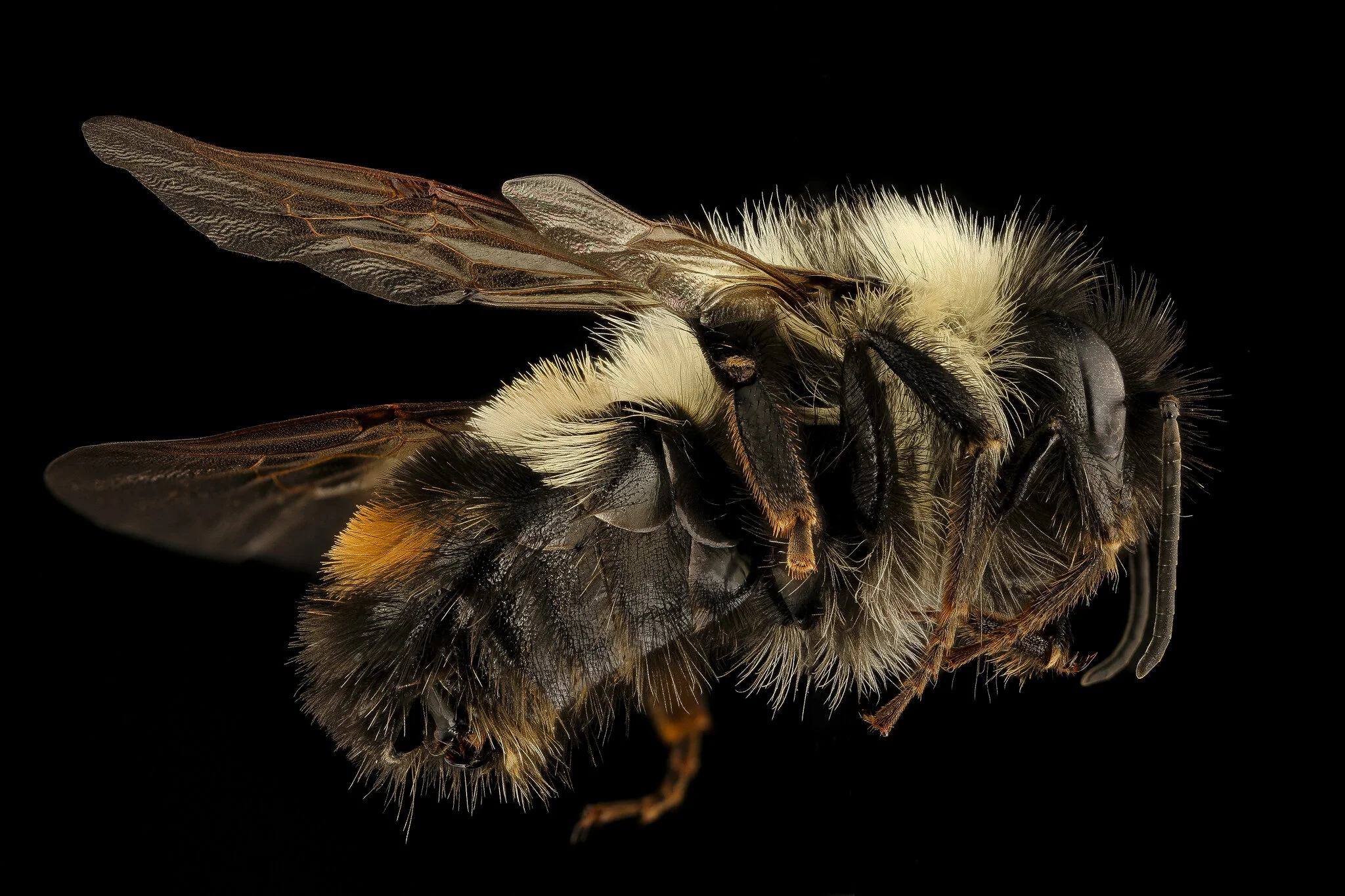Bumble bees are one of the most important pollinators in the Appalachian Forest. Without them, many of the species found in the mountains would not be able to reproduce, and the Appalachian Forest ecosystem would collapse. Unfortunately, many species are facing population declines due to agricultural intensification, pathogen exposure and climate change. One particular species, the rusty patched bumble bee, was historically found in most of the eastern portion of the United States and upper midwest. However, its current range is only between 10% and 30% of its previously inhabited regions. This is an important case study, as it highlights just how rapidly many pollinator species ranges and populations are declining.
One potential cause of population decline is the effect of climate change on flowering nectar resources. In Illinois, the flowering time of plant species in the forest understory has moved earlier in the spring by over one week in the past 20 years. This means that the timing of plant flowering and the emergence of pollinators are becoming asynchronous, and may result in less nectar resources for pollinator species.
In addition to climate change altering flowering times, there is also an overall risk of habitat loss, resulting in a loss of nectar and pollen resources during bumble bees' flight season. Bumble bee populations rely on a combination of forest, grassland and wetland habitat for reproduction and colony health. This is because they have a longer flight season than other species, meaning that they utilize several different nectar resources and habitat types throughout their lives. Additionally, bumble bee colonies rely on consistent nectar resources during the season because they do not store large quantities of nectar and pollen for later consumption.
There is not currently any information that tracks plant resources throughout the year, which means that scientists do not know how the availability of each food resource actually impacts population health. Therefore, to understand if resources play a role in bumble bee population declines, studies must consider the timing of nectar availability in all habitats used by bumble bees throughout their flight season.
This graph shows how the timing of bumble bees line up with the floral resources in the forest, grassland and wetland. The timing of bumble bee queen emergence aligns with forest resources, while workers and males align with grassland and wetland resources. Image: Mola et al. (2021)
A recent study in Illinois found a decline in forest plant species that were commonly visited by B. affinis. This is concerning because the timing of forest resource availability aligns with the activity of spring bumble bee queens, which means that bumble bee queens, which play a critical role in population success, may be impacted the most from forest resource declines.
Overall, because different stages of the bumble bee’s life cycle depend on different ecosystems resources (i.e. forest resources are needed for bumble bee queens in the spring and wetland and grassland cover is needed for males and workers in the midsummer), this study suggests that it is important to understand the timing and location of resource availability during bumble bee flight seasons. It is also crucial to understand how resource availability might be changing within remaining habitat fragments, in order to support current bumble bee populations. The complementary habitats described above (forest, wetland and grassland), are crucial for bumble bee species conservation, and future research is needed to understand how changing resource availability will impact pollinator populations.
Sources:
“Long-term surveys support declines in early season forest plants used by bumblebees” by Mola et al. (2021)
U.S. Fish and Wildlife Service Rusty Patched Bumble Bee (Bombus affinis) Information Page
Author: Dayla Woller




